交流慢充或将被淘汰
直流充电国标迎大一统,交流慢充或将被淘汰
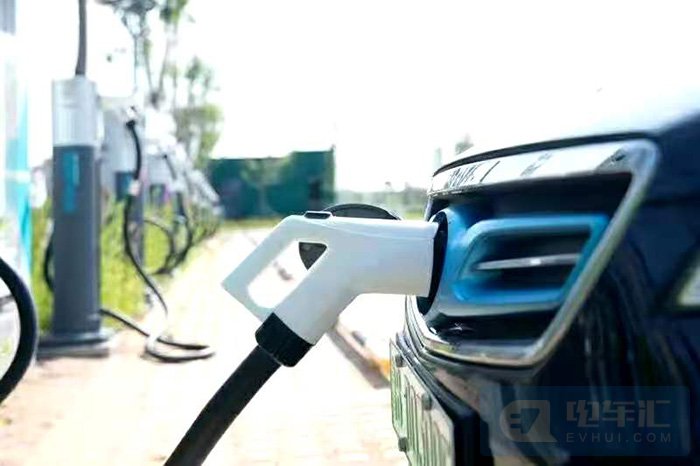
近日,工信部公开征求对推荐性国家标准《电动汽车传导充电用连接装置 第3部分:直流充电接口》的意见,相比上一版国标,新国标有一些明显变化,这些变化可能会对电动汽车充电市场产生巨大影响。
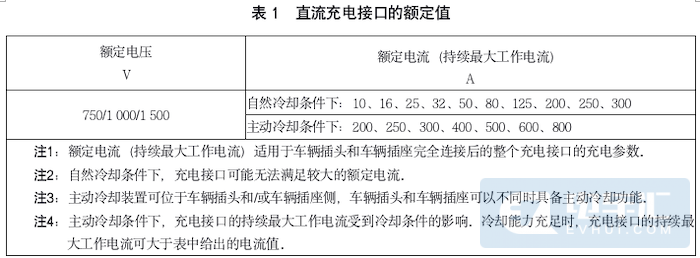
新国标针对适用于额定电压不超过1500V的直流充电接口,额定电流增加了10A、16A、25A、32A和50A,而16A和32A是目前交流慢充桩的充电电流额定值,也就是说新国标中的直流充电接口功率已经兼容了此前的交流充电接口功率。
同时还增加了300A、400A、500A、600A和800A的大功率直流充电要求,未来随着硬件的铺开,可进一步缩短充电时间,提升社会面整体的充电效率。
目前部分车企已经开始推广其大功率快充技术,广汽埃安已经打造了车端全球最高的900V高压平台和6C倍率的超充能力,以及全球充电功率最大的480kW超充桩,并且计划到2025年建设至1000座超充桩。
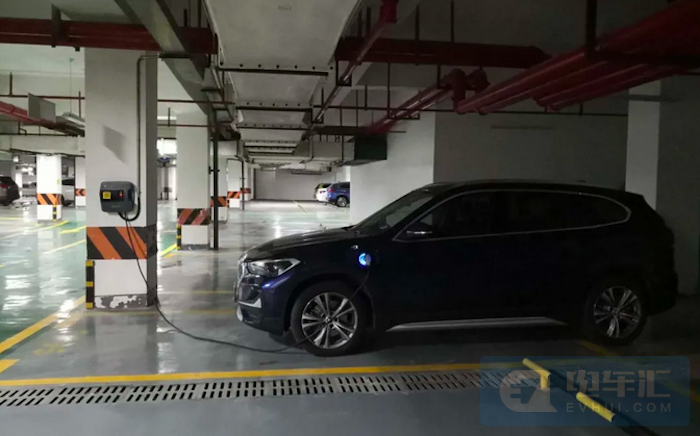
虽然大功率快充是一个趋势,但对于多数新能源车主而言,更多的时候还是会选择家用桩来充电,而此次新国标有让目前的交流桩变为直流桩的趋势。
首先看看目前电动汽车的实际情况,多数电动汽车上都有2个充电口,一个是快充口,也叫直流充电口,一个是慢充口,也叫交流充电口。
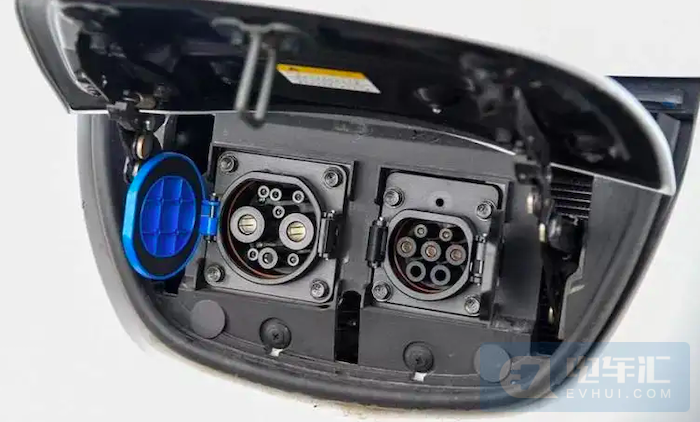
电网输出的是交流电,但电动汽车的电池只能接受直流电。快充桩会直接将交流电转换为直流电输入到电动汽车上的电池,慢充桩则需要电动汽车上的车载充电机(OBC)将交流电转换为直流电储存在电池上。
对于充电桩而言,当直流桩的充电功率已经完全向下兼容了交流桩,并且即使是慢充,直流也可以满足比交流更高的功率,尤其是在目前电池容量越来越高的条件下,交流慢充势必会被淘汰。
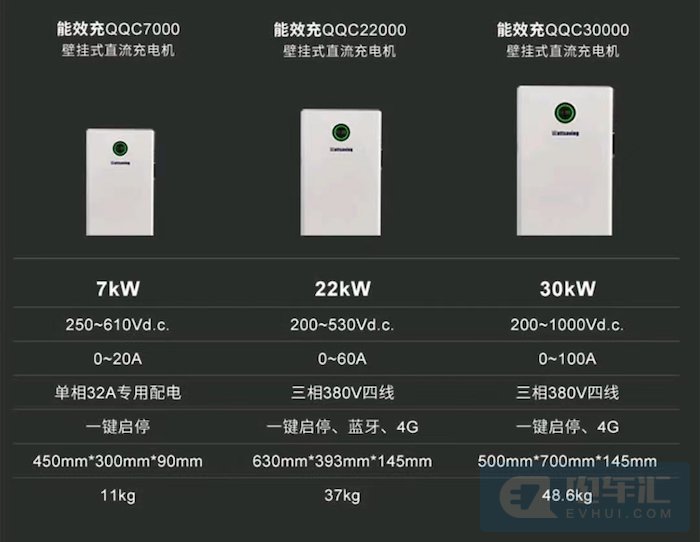
在此次新国标公布之前,2019年,蔚来、小鹏、北汽、吉利、大众、奥迪等20多家企业就开始参与编制20KW以下直流桩的行业标准。
并且在2021年年底,国家能源局就核准了《20kW及以下非车载充电机技术条件及安装要求》这一行业标准,该标准已经在今年3月22日起正式实施。
从车企的角度来看,是希望淘汰掉交流桩的,因为有交流桩的存在就需要车辆配备交流充电接口和OBC,这两项硬件无疑增加了整车制造成本。
有资料显示,车企取消OBC以及配套赠送的交流充电桩,改装7KW直流充电桩,每辆车能节省1000—2000元BOM成本,减少规模性浪费的同时,还将降低安全隐患,释放车辆空间。
仅保留直流进口对车企更友好,但却会增加充电桩的制造成本,相当于是把AC/DC的操作完全交给了充电桩,目前20kW的直流家用充电桩的售价约为3700元,而7kW的交流家用充电桩价格普遍不超过2000元。
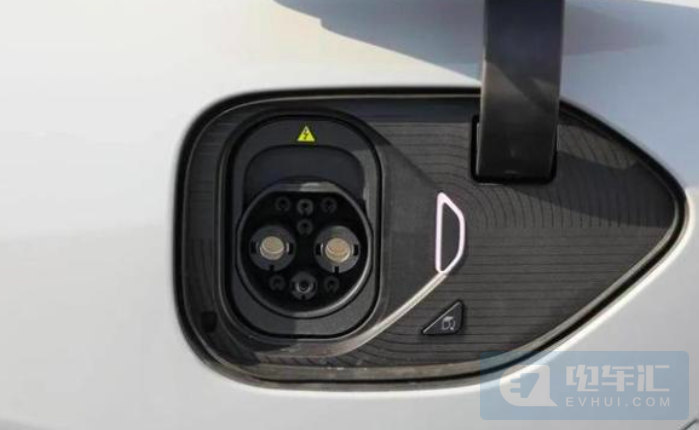
虽然新国标还未正式发布,但在标准的制定过程中,车企及充电桩企业必然已经深度参与了,现在的结果可能已是各方博弈后的反映。
实际上,已有车企用实际行动表明其对交流慢充的放弃态度。蔚来、小鹏的新车型已经将家用充电桩升级为了直流接口,整车仅保留直流作为唯一接口。
俊风公司认为,取消交流慢充在国内市场是可行的;但对于刚刚兴起的国际市场还为时尚早,因为国外刚刚建立充电体系,大部分是在家庭装配了慢充桩。直流充电桩投资大,很多国家一下没有更多的资金投入。为此满足海外市场的快慢充车辆将延续一段时间。
The national standard for DC charging welcomes the unification, and slow AC charging may be eliminated
The national standard for DC charging welcomes the unification, and slow AC charging may be eliminated
Recently, the Ministry of Industry and Information Technology has publicly solicited opinions on the recommended national standard Connecting Devices for Electric Vehicle Conductive Charging Part 3: DC Charging Interface. Compared with the previous version of the national standard, the new national standard has some obvious changes. These changes may affect electric vehicles. The charging market has a huge impact.
The national standard for DC charging welcomes the unification, and slow AC charging may be eliminated
The new national standard is suitable for the DC charging interface with a rated voltage not exceeding 1500V, and the rated current is increased by 10A, 16A, 25A, 32A and 50A, while 16A and 32A are the current charging current ratings of AC slow charging piles, which means that the new national standard The power of the DC charging interface is already compatible with the power of the previous AC charging interface.
At the same time, high-power DC charging requirements of 300A, 400A, 500A, 600A and 800A are also added. With the development of hardware in the future, the charging time can be further shortened and the overall charging efficiency of the society can be improved.
At present, some car companies have begun to promote their high-power fast charging technology. GAC Aeon has built the worlds highest 900V high-voltage platform and 6C rate supercharging capacity at the vehicle end, as well as the worlds largest 480kW supercharging pile, and plans to In 2025, the construction will reach 1,000 overfilled piles.
The national standard for DC charging welcomes the unification, and slow AC charging may be eliminated
Although high-power fast charging is a trend, for most new energy vehicle owners, more often they will choose household piles for charging, and this new national standard has the trend of turning the current AC piles into DC piles.
First of all, lets look at the actual situation of electric vehicles. Most electric vehicles have two charging ports, one is a fast charging port, also called a DC charging port, and the other is a slow charging port, also called an AC charging port.
The national standard for DC charging welcomes the unification, and slow AC charging may be eliminated
The output of the grid is alternating current, but the battery of an electric car can only accept direct current. The fast charging pile will directly convert the alternating current into direct current and input it to the battery of the electric vehicle, while the slow charging pile requires the on-board charger (OBC) on the electric vehicle to convert the alternating current into direct current and store it on the battery.
For the charging pile, when the charging power of the DC pile is completely backward compatible with the AC pile, and even if the charging is slow, the DC can meet the higher power than the AC, especially in the current condition that the battery capacity is getting higher and higher. In the future, the slow charging of communication will inevitably be eliminated.
The national standard for DC charging welcomes the unification, and slow AC charging may be eliminated
Before the announcement of the new national standard, in 2019, more than 20 companies including NIO, Xpeng, BAIC, Geely, Volkswagen, and Audi began to participate in the preparation of industry standards for DC piles below 20KW.
And at the end of 2021, the National Energy Administration approved the industry standard Technical Conditions and Installation Requirements for Off-Board Chargers of 20kW and Below, which has been officially implemented since March 22 this year.
From the point of view of car companies, it is hoped to eliminate the AC pile, because the existence of the AC pile requires the vehicle to be equipped with an AC charging interface and OBC. These two pieces of hardware undoubtedly increase the manufacturing cost of the whole vehicle.
According to some data, car companies cancel the OBC and the AC charging piles provided, and retrofit 7KW DC charging piles, which can save 1,000-2,000 yuan in BOM costs per vehicle. While reducing large-scale waste, it will also reduce potential safety hazards and free up vehicle space. .
Only keeping the DC import is more friendly to car companies, but it will increase the manufacturing cost of the charging pile, which is equivalent to completely handing over the AC/DC operation to the charging pile. At present, the price of the 20kW DC household charging pile is about 3700 yuan. The price of 7kW AC household charging piles generally does not exceed 2,000 yuan.
The national standard for DC charging welcomes the unification, and slow AC charging may be eliminated
Although the new national standard has not been officially released, car companies and charging pile companies must have been deeply involved in the formulation of the standard, and the current result may be a reflection of the game of all parties.
In fact, some car companies have demonstrated their abandonment of the slow charging of communication with practical actions. The new models of Weilai and Xiaopeng have upgraded the household charging piles to DC interfaces, and the whole vehicle only retains DC as the only interface.
Junfeng believes that it is feasible to cancel the slow charging of exchanges in the domestic market; but it is still too early for the emerging international market, because the charging system has just been established abroad, and most of them are equipped with slow charging piles in households. The investment of DC charging piles is large, and many countries do not have more capital investment. For this reason, fast and slow charging vehicles to meet overseas markets will continue for a period of time.

